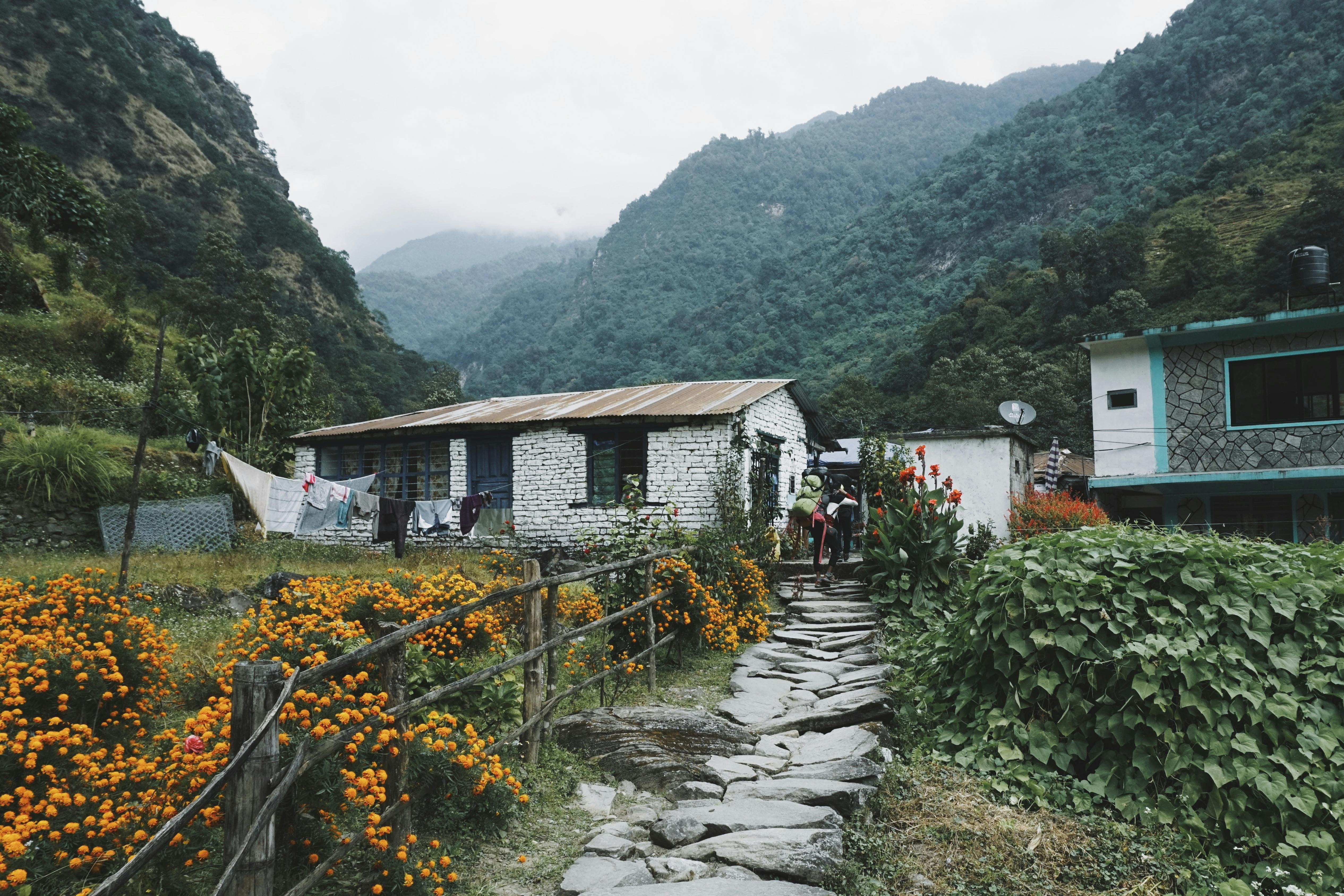Building a fence around your garden is a great way to protect it from pests, animals, and other unwanted intrusions. It can also add to the aesthetic of your garden, as well as provide a boundary for children or pets. In this guide, we’ll discuss the steps necessary to build a fence around your garden. We will cover the materials you will need, how to measure your garden space, and how to assemble the pieces of the fence. With some planning and determination, you can build an attractive and functional fence in no time.Planning a fence around a garden can be a great way to add privacy and keep out unwanted pests. The first step is to decide on the type of fence that would best suit your needs. Consider the size of the garden, the amount of privacy you want, and any existing landscaping or structures that may need to be taken into account. Once you have chosen the type of fence, measure the area to determine how much material will be needed for construction. If you are hiring a professional to install the fence, make sure to get an estimate for labor and materials before making any commitments. Consider any special features or
Choosing the Right Materials for Your Garden Fence
When it comes to creating a garden fence, there are many types of materials to choose from. Depending on your budget and style preferences, you will want to select the material that best suits your needs. Here is an overview of some popular materials used for garden fences and the advantages and disadvantages of each.
Wood Fencing
Wood is a classic choice for fences, offering a natural look that can blend with any landscape. Wood fences are also relatively
Preparing the Ground for Your Garden Fence
When planning for a garden fence, the first step is to prepare the ground. This process involves clearing away any debris, rocks, or other obstructions that could compromise the integrity of your fence. It also includes ensuring that the ground is level and free of any vegetation that could interfere with the installation of your fence. If necessary, you can use a shovel or other gardening tools to remove any unwanted vegetation or debris from the area.
Once you have cleared away any obstacles, you will need to measure
Measuring the Area to Be Fenced
Before you build the fence, it is important to measure the area accurately. This will ensure that you purchase the correct amount of fencing materials and do not end up with an inadequate fence that does not cover all of the area that needs to be fenced in. To measure an area for a fence, you will need a tape measure and a pencil or marker for marking the boundaries. Start by measuring one side of the area you need to fence in. Measure the length of this side in feet and mark it with your pencil or
https://images.pexels.com/photos/1101140/pexels-photo-1101140.jpeg
Digging Posts Holes
Digging post holes is an important step in any outdoor construction project. It is essential to the stability and strength of the post and its surrounding structure. The size and depth of the hole will depend on the type of post being installed, as well as the type of soil and climate it will be exposed to. There are several tools available for digging post holes, such as shovels, augers, and power drills. Be sure to choose the right tool for your project and follow manufacturer instructions for safe use. Once you have dug your holes,

Attaching Horizontal Rails or Panels to Posts
Installing a horizontal rail or panel to a post is a simple process that can be undertaken by anyone with basic DIY skills. The first step is to measure the distance between the posts and mark this on the rail or panel. Next, use a drill and screws to attach the rail or panel to the posts at each end ensuring that it is level. If you are using timber, you should pre-drill the holes in order to avoid splitting.
If you are attaching panels or
Adding Gates to Your Garden Fence
Adding gates to your garden fence can be a great way to create privacy and security in your backyard. Not only do they provide extra protection for your family and pets, but they also add a touch of style and charm to the overall aesthetic of your home. Gates come in a variety of styles, materials, and sizes, so you are sure to find one that fits your needs and budget. Before buying a gate for your garden fence, there are a few things you should consider.
The first thing
Securing Top of the Garden Fence
In order to ensure that the top of your garden fence is secure, there are a few simple steps you can take. The first step is to make sure the fence posts are firmly set in the ground. If they are not firmly set in place, they can be easily pushed over or broken by strong winds or other forms of pressure. If you find that the posts need more support, you can use concrete or other heavy-duty material such as gravel to secure them in place.
Next, you should check that

Conclusion
Building a fence around a garden can be a daunting task, but with the right materials and tools, it can be done with relative ease. Be sure to measure the area of the garden accurately so that you know what size of posts and panels to order. If you are using concrete or wooden posts, make sure they are securely in place before building the panels. Finally, if you plan to use wood or metal panels, paint them with protective coatings to prevent weather damage. With some careful planning and attention to detail, you can create an attractive garden fence that will
